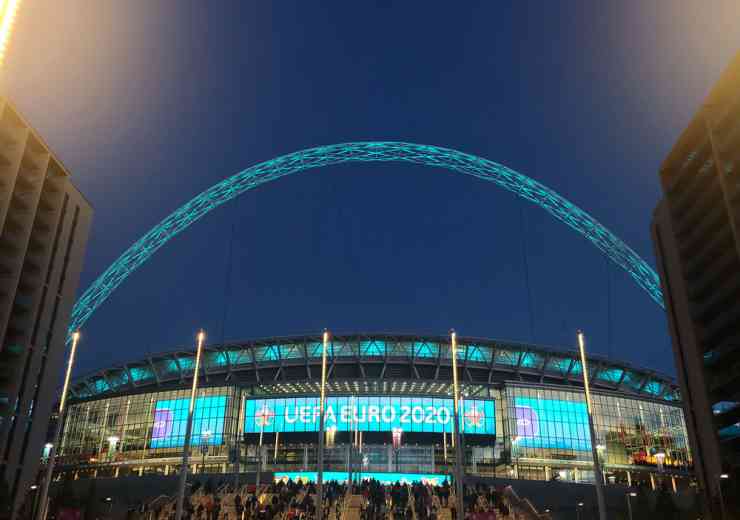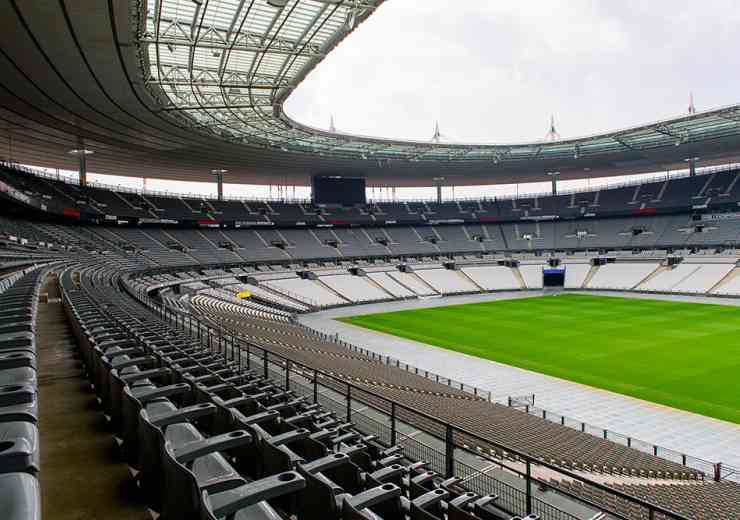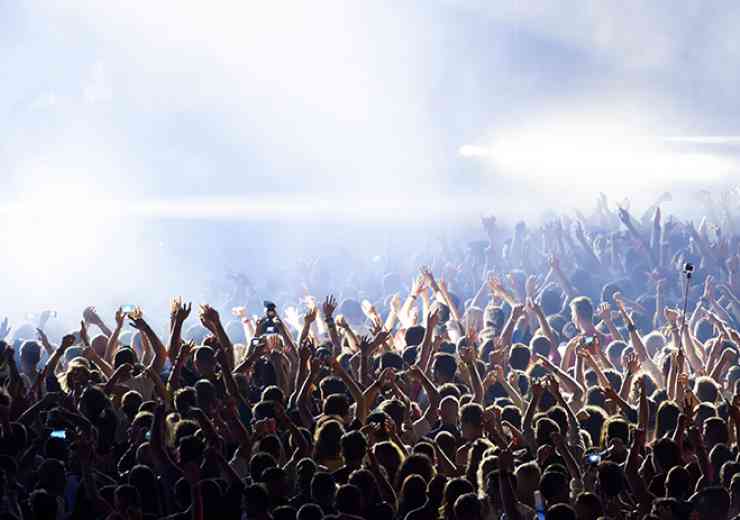
CTB Interview: The O2 and event security
Counter Terror Business (CTB) talks to Paul Williams (PW), head of Security at AEG Europe, about the difficulties in protecting event spaces like The O2, and how to achieve better event security
CTB: What are the current difficulties with balancing protection and visitor experience, especially given different approaches to High Footfall Screening at different sorts of sites and venues?
Good security will give confidence for fans to visit the venue and for businesses to invest and grow. Keeping our fans, staff, partners and performers safe is our priority. It’s important to us that our visitors enjoy a memorable experience, we have to consider the visitor experience when designing security operations, our measures will need to be proportionate and appropriate – security should facilitate business and not hinder unnecessarily.
The design of security should be firstly risk-based; we will regularly assess the likelihood and impact of security threats and implement protective security measures to mitigate those risks. There are many ways of delivering security, with many solutions and technologies to choose from, during this risk-management process, I will consider how the security feature may affect the visitor experience and how the visitor may react to our measures.
A challenge for venues is the screening process, a security practitioner will want to lessen the chance of threat items entering their premises, and there are many areas to consider when designing search areas, where to queue, how to search and what to look for, can often be challenging.
Security practitioners will need to keep up with event industry trends, visitors now favour a more immersive, creative and convenient experience, security designs will need to consider how crowds move and gather within an event space. Sponsored brand activations and commercial offerings are central to the fans experience, we want our guests to be enjoying themselves in our loungers and on our concourses, not standing in a cold and wet queue waiting to pass through the security checkpoint, whilst also ensuring we maintain our security regime to prevent any prohibited items from entering the building or performance areas.
Technology solutions also recognise these challenges and are accelerating technology developments to meet the needs of the industry. Some promising technology solutions are emerging on the market, programmes such as the Home Office High Footfall Screening Trials are vital to ensuring these technologies are well-developed and fit for use in the private sector.
CTB: The O2 is one of the largest capacity venues in London, as well as one of the most recognisable. As head of Security at The O2, what measures are in place to ensure the smooth running of events?
The O2 employs a variety of personnel to keep everyone safe and secure, our Guest Relations teams, stewards and security staff is visible, trained and excited to look after our guests. We have a team of search dogs who work full-time at the venue; they’re always busy and have an important role in protecting the venue. The monitoring of our staff and visitors is a key security feature; we have a comprehensive smart-CCTV system with a variety of analytic programs, our recently upgraded access control and vehicle management system ensures validated persons can freely move around the building zones designated to their profile and needs.
Our sophisticated Security Operations Control Centre monitors the estate 24/7, and is the central command centre for responding and managing incidents.
We work collaboratively with law enforcement, security services, authorities and industry professionals, we talk, share and learn – continually assessing and enhancing our operations.
There are the security measures you can see and of course, the ones you can’t, when necessary, we will employ specialised solutions and teams to advance our protection operations. We employ a dedicated counter-terrorism team who focus on disrupting terrorism by using an assortment of tactics, they’re a specialist team who are highly trained and motivated to identify suspicious activity.
CTB: Given how regularly events are run at The O2, how important is it that all staff are aware of the possibilities of an attack and are equipped with the right knowledge of how to react?
It’s really important to us that our staff are comfortable within their roles, good leadership, training and resources and equipment is essential, we want our staff to be feel encouraged and empowered to ‘do the right thing’. We recognise the need to have sufficient preparation to respond to major incidents, we’ve recently committed to the design and introduction of our on-site training academy, this will ensure all staff have the knowledge and training required to help themselves and others in the event of a serious incident.
As a matter of routine, all of our staff have completed the counter terrorism awareness training and have attended the regular police terrorism briefings we host. We have a plan for how we will respond to a terrorist incident, all staff complete our eLearning module as-part of their induction process, this module educates staff on the threat of terrorism, how they can help prevent or deter an attack by reporting suspicious circumstances and by following security protocols, and importantly – how they should react or respond to such an event.
Our frontline staff will attend regular simulated exercises, these exercises are incredibly valuable, and they prepare the teams as zero responders and help us test plans to ensure they’re effective.
Equally important in our Readiness and Testing Programme is the exercising of our continuity and recovery plans with the strategic leaders in the business.
CTB: A lot of news coverage lately concerning crowded places has focused on Martyn’s Law and the government’s response to its rollout. In your opinion, what would incentivise large scale crowded places to further adopt protective security measures in the future?
The concept of strengthening protective security in public places and spaces is a welcomed debate; the current model does require a holistic strategic review, good advice and guidance are abundant from authorities and agencies, from understanding current threats, to how to design a security risk-management process to solutions for risk mitigation. What’s probably lacking is the expertise within organisations to design and deliver protective security, more so in the small-to-midsize businesses; who may not have a security professional within their organisations.
The current proposal from the Martyn’s Law campaign appears very reasonable to me, the suggested recommendations are a good framework for achieving protective security. Like us, I expect the larger venues are already aligned with the proposed approach and are afforded good technical advice from Counter Terrorism Advisers.
CTB: What is the future of security at venues?
Some suggest the ‘Information Age’ is over, and after 25 years, the digital era is evolving to the ‘Experience Era’. This trend is certainly evident in the live entertainment sector, fans now expect an immersive and creative experience, for venue and security professionals – this translates to a likely change in fan behaviour, including how fans move and gather within event spaces, crowd movement predictions will need to be flexible, where we position our teams to monitor and steward crowds will also need to be considered and adaptable.
The emergence of smart-venues adopting mobile phone technology to engage with fans (for a more secure and seamless ticket entry process and commercial offerings) is likely to include the feature of venues and fans having a direct-communication link, this feature will enable venues to enhance their guest services offerings, this will likely include fans reporting ‘security-related issues’ via an app on their phones, this will give the venue stewarding team the opportunity to resolve any issues which are affecting the fans experience.
In my experience, fans are not engaging with stewards as often as they may have previously, they prefer to ‘to give feedback or ask for assistance’ via their mobile phone (we’ve noticed and accepted this trend within customer services, with social media platforms becoming the preferred method to contact services). Venue operators will need to consider how to manage direct digital feedback during an event to meet the customer’s expectations, this may result in a review of the number of stewards required to service and monitor guests. Security teams should support this direct engagement model, it will enable a-more targeted service of a) dealing with poor behaviour more efficiently, b) having the means to talk and direct guests during emergencies and c) for the guest to tell us when they notice suspicious circumstances.
The use of surveillance technology such as facial recognition may progress as a preferred solution to identify bad people, whilst FR will probably have use in enhancing visitor experience for entry into hospitality areas, the use of FR for security purposes is less certain. I expect it will be a few years until we see FR being used in UK venues, security solutions need customer approval – also referred to as ‘policing by consent’, venues will likely wait for public confidence and approval, and government regulations before using this surveillance method, the balance of the risk-reduction value FR offers against the privacy concerns is weighted towards ‘not of sufficient value’, as watch-lists of persons will probably be of low-grade crime and/or nuisance individuals, should the authorities agree to share images of serious offenders or wanted terrorists with venues to upload to their FR watch-lists, then this may sway public opinion and rebalance the value with privacy.
















